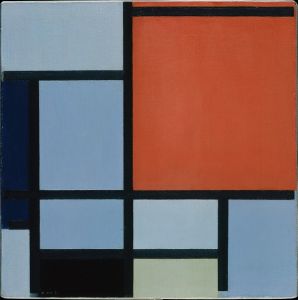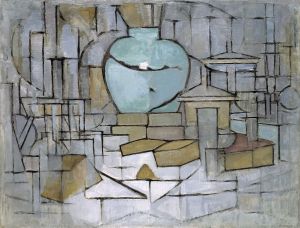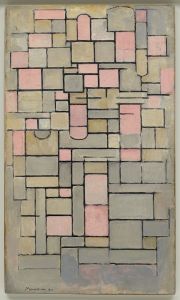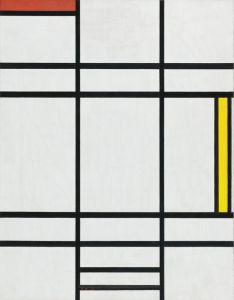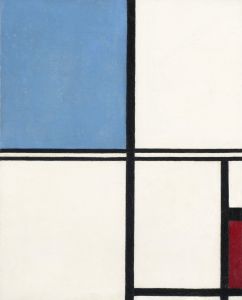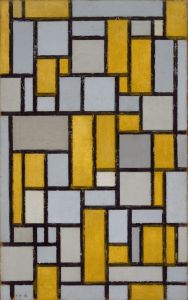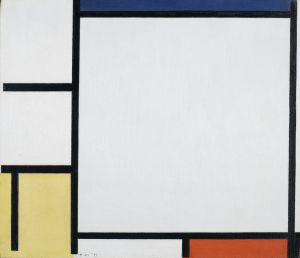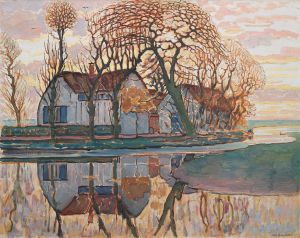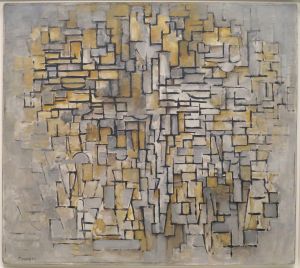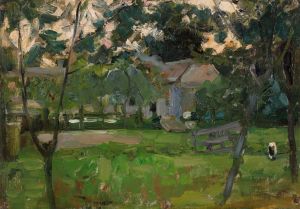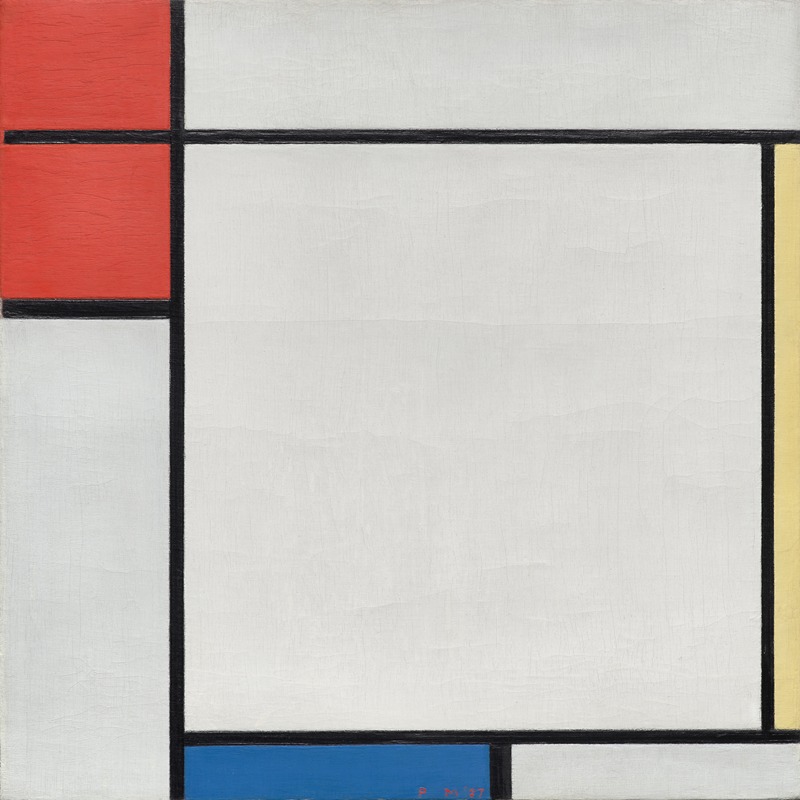
Composition with Red, Yellow, and Blue
A hand-painted replica of Piet Mondrian’s masterpiece Composition with Red, Yellow, and Blue, meticulously crafted by professional artists to capture the true essence of the original. Each piece is created with museum-quality canvas and rare mineral pigments, carefully painted by experienced artists with delicate brushstrokes and rich, layered colors to perfectly recreate the texture of the original artwork. Unlike machine-printed reproductions, this hand-painted version brings the painting to life, infused with the artist’s emotions and skill in every stroke. Whether for personal collection or home decoration, it instantly elevates the artistic atmosphere of any space.
"Composition with Red, Yellow, and Blue" is a painting by the Dutch artist Piet Mondrian, created in 1927. Mondrian was a pivotal figure in the development of modern abstract art, and he is best known for his contributions to the De Stijl movement, which he co-founded with Theo van Doesburg. This movement, also known as Neoplasticism, emphasized simplicity and abstraction, focusing on basic visual elements such as geometric forms and primary colors.
The painting "Composition with Red, Yellow, and Blue" exemplifies Mondrian's mature style, characterized by a grid of vertical and horizontal black lines and the use of the three primary colors, along with white and gray. This work is a part of Mondrian's series of "Compositions," which he began in the 1920s. These compositions reflect his pursuit of purity and harmony in art, stripping away the unnecessary to focus on the essential.
Mondrian's approach to painting was deeply influenced by his philosophical beliefs. He was inspired by theosophy, a spiritual movement that sought to understand the divine order of the universe. Mondrian believed that art should reflect this universal harmony and order, which he sought to express through his precise and balanced compositions. By using a limited palette and simple geometric forms, he aimed to convey a sense of timelessness and universality.
In "Composition with Red, Yellow, and Blue," Mondrian uses a grid structure to create a dynamic balance between the colored and non-colored spaces. The placement of the red, yellow, and blue rectangles is carefully considered to achieve a sense of equilibrium and tension. The black lines, which vary in thickness, serve to delineate the different planes and contribute to the overall rhythm of the composition.
Mondrian's work had a significant impact on the development of abstract art and influenced various fields beyond painting, including architecture, design, and fashion. His emphasis on simplicity and abstraction resonated with the modernist ethos of the early 20th century, which sought to break away from traditional forms and explore new ways of seeing and representing the world.
"Composition with Red, Yellow, and Blue" is housed in various collections around the world, with different versions and similar works held in prestigious institutions such as the Kunsthaus Zürich and the Tate Modern in London. Mondrian's legacy continues to be celebrated for its innovative approach to art and its enduring influence on contemporary visual culture.
Through his work, Mondrian challenged viewers to reconsider the nature of art and its role in society, advocating for a vision of art that transcends individual expression to reflect a universal order. His compositions remain iconic examples of abstract art and continue to inspire artists and designers today.





